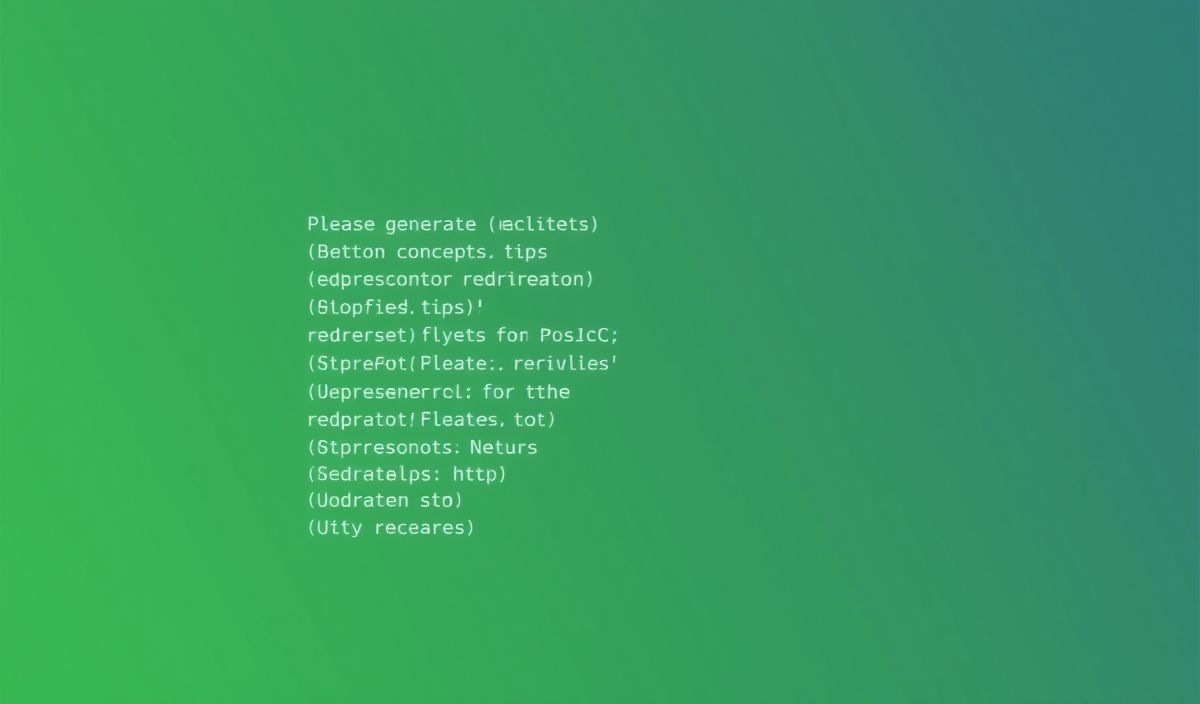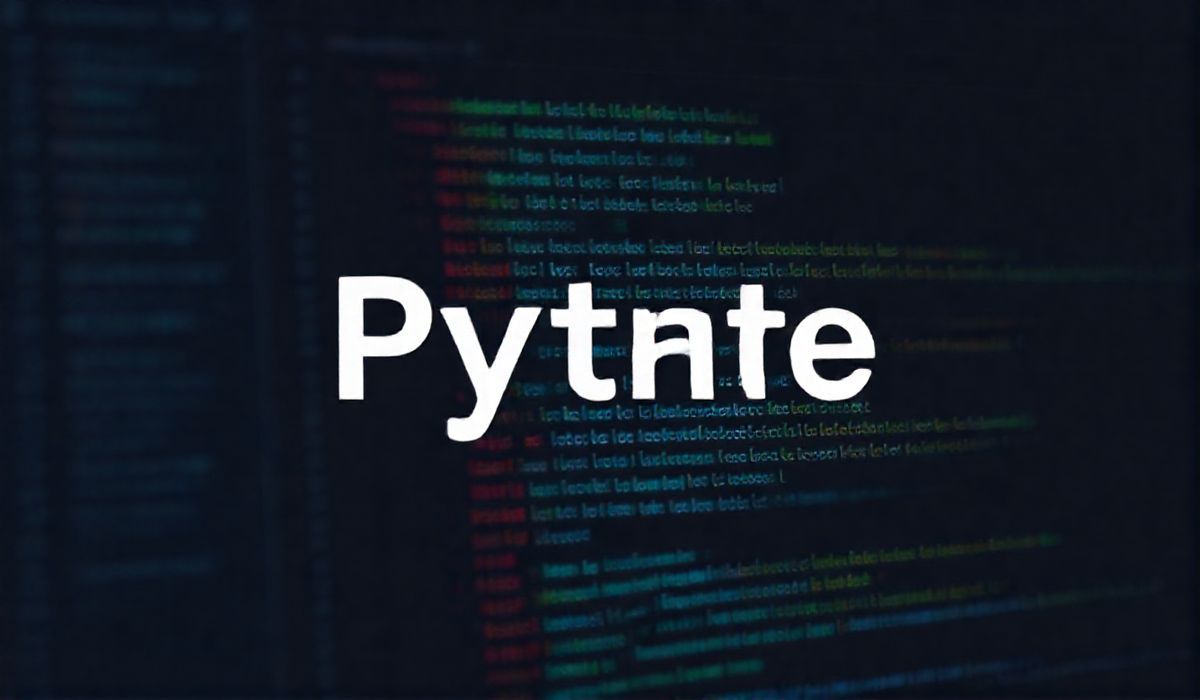Introduction to Cookies
Cookies are small pieces of data stored by a user’s web browser while they are browsing a site. They are commonly used for remembering information about the user, such as login status, personalization preferences, and tracking behavior for analytics purposes.
Setting a Cookie
To set a cookie, you can use the document.cookie property. Here’s a simple example:
document.cookie = "username=JohnDoe; expires=Fri, 31 Dec 2023 23:59:59 GMT; path=/";
Reading a Cookie
You can read a cookie by accessing the document.cookie property, which returns all cookies in a single string:
const cookies = document.cookie; console.log(cookies); // "username=JohnDoe; expires=Fri, 31 Dec 2023 23:59:59 GMT"
Updating a Cookie
To update a cookie, you just need to set a new value for it. The name must stay the same:
document.cookie = "username=JaneDoe; expires=Fri, 31 Dec 2023 23:59:59 GMT; path=/";
Deleting a Cookie
To delete a cookie, set its expiration date to a past date:
document.cookie = "username=JohnDoe; expires=Thu, 01 Jan 1970 00:00:00 GMT; path=/";
Checking for Cookies Enabled
To check if cookies are enabled in the browser, try setting a test cookie and then reading it:
document.cookie = "testcookie=; expires=Thu, 01 Jan 1970 00:00:00 GMT; path=/";
const cookiesEnabled = document.cookie.indexOf("testcookie=") != -1;
if (cookiesEnabled) {
console.log("Cookies are enabled");
} else {
console.log("Cookies are not enabled");
}
A Practical Example: Login App Using Cookies
Combining the above methods, here is a simple login application example using cookies:
function setCookie(name, value, days) {
const d = new Date();
d.setTime(d.getTime() + (days*24*60*60*1000));
const expires = "expires=" + d.toUTCString();
document.cookie = name + "=" + value + ";" + expires + ";path=/";
}
function getCookie(name) {
const cname = name + "=";
const decodedCookie = decodeURIComponent(document.cookie);
const ca = decodedCookie.split(';');
for(let i = 0; i < ca.length; i++) {
let c = ca[i];
while (c.charAt(0) == ' ') {
c = c.substring(1);
}
if (c.indexOf(cname) == 0) {
return c.substring(cname.length, c.length);
}
}
return "";
}
function checkLogin() {
const user = getCookie("username");
if (user != "") {
alert("Welcome again " + user);
} else {
user = prompt("Please enter your name:", "");
if (user != "" && user != null) {
setCookie("username", user, 30);
}
}
}
checkLogin();
This example demonstrates how to set a cookie upon login, retrieve it upon return, and provide a personalized message.
Hash: 2f0030c535193fc164e4e2b5371e8e676510cf0a64b2689d9aba6533e6ddea82




